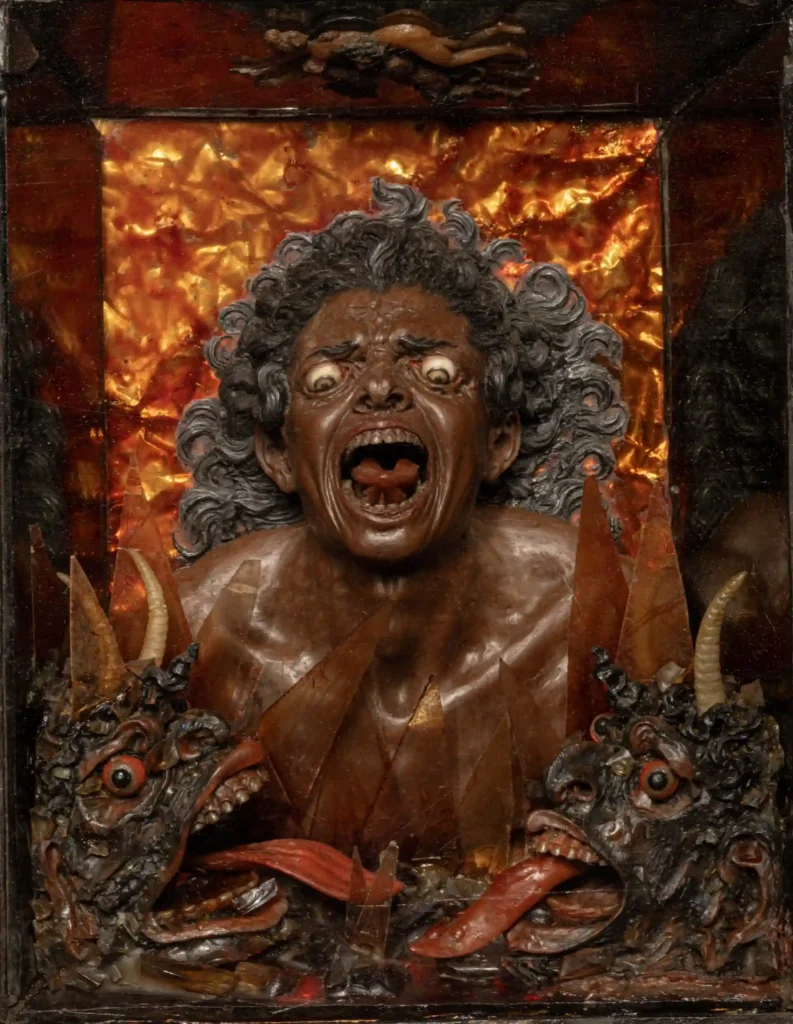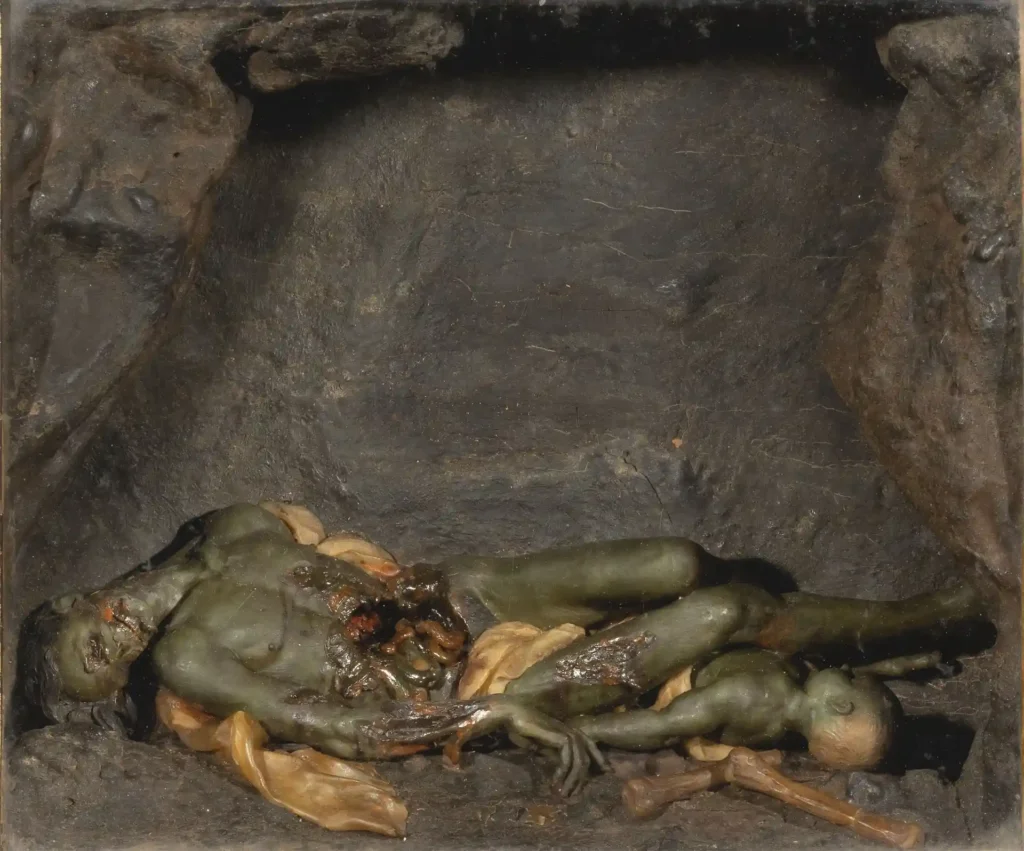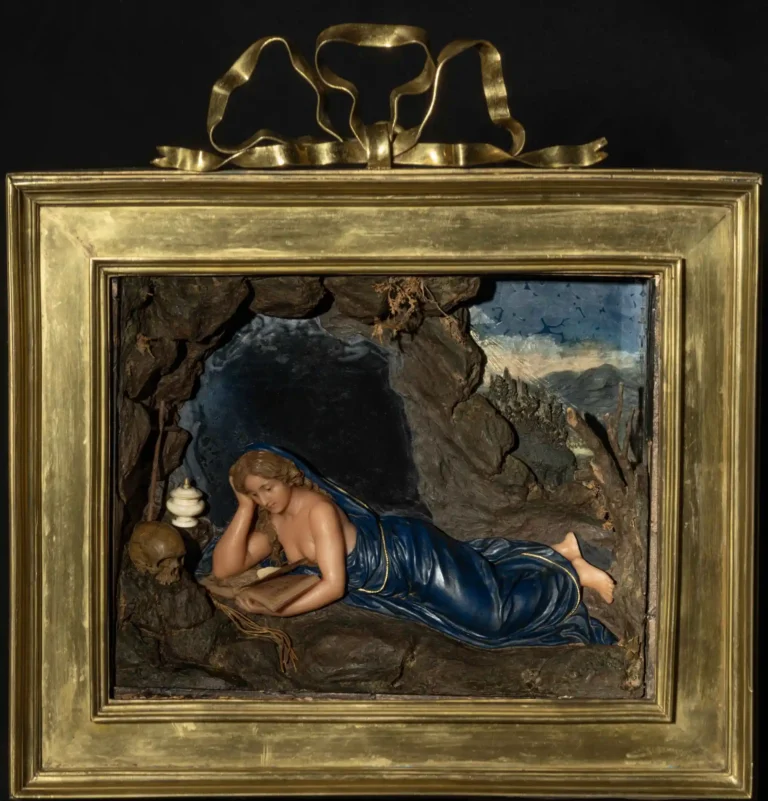“CERA UNA VOLTA” IS COMING TO THE UFFIZI GALLERIES: A MAJOR SHOW EXHIBITING WAX ART PRODUCED BETWEEN THE 16TH AND 17TH CENTURIES THE EXHIBIT WILL INCLUDE A VERY RARE GAETANO ZUMBO WORK JUST PURCHASED BY THE MUSEUM: THE CORRUPTION OF THE BODIES
December will see the first exhibition of this particular genre, organized by the Gallery in new spaces: the more than 90 works include paintings, sculptures, cameos, and gemstones; the many significant loans will feature works returning to Florence after centuries
Florence, Uffizi Galleries, West wing exhibition rooms
16 December 2025 – 12 April 2026
Cera una volta. Sculture dalle collezioni medicee (“Cera una volta. Sculptures from the Medici collections”)

Cera una volta. Sculture dalle collezioni medicee (“Wax Upon a Time Sculptures from the Medici collections”): this is the title of the exhibition to be held from 16 December 2025 to 12 April 2026 in the new exhibition spaces on the ground floor of the Uffizi Galleries.
Curated by Valentina Conticelli and Andrea Daninos, the show is the first to be dedicated to the Florentine collections of wax sculptural pieces produced between the 16th and 17th centuries.
Starting from its title (a pun that plays on the homophony between the Italian cera, or “wax,” and c’era, the first element of c’era una volta or “Once upon a time”, the iconic phrase that starts every fable), the exhibition aims to bring back to life a lost creative setting with an ancient history: the production of images in wax – images that have to a large degree disappeared due to the perishability of the material. Evidence of this tradition comes down to us from the 1st century AD in Pliny the Elder’s Naturalis Historia. The Roman author reported ancestral customs, most likely arising from the Etruscan use of death masks that later became facial portraits functioning as simulacra for ancestor worship.
The art of wax would always remain alive in popular sensitivities (down to the votive offerings burned to this day in sacred flames at Christian shrines) and would enjoy particularly renewed fortune among the fine arts in Medicean Florence between the 15th and the late 17th centuries.

Soft and neutral in the skilled hands of Renaissance and Baroque artists able to achieve polychromy while shaping lifelike sculptures and reliefs, wax was able to give substance to faces and bodies in the form of enduring images.
In a Baroque culture obsessed with the passage of time, this organic material, created by bees and malleable by its very nature, mimicked the characteristics of the skin like nothing else could, and was enhanced by giving shape to the living body, and to its dissolution.
The exhibition Cera una volta aims to acquaint the public with this art – now almost unknown – in the time of its greatest splendour. Attaining the highest forms of virtuosity, it was eagerly sought out not only for shrines, but for princely collections as well.
In the setting of a history once forgotten and now rediscovered in its surprising wonder, the exhibit will include certain works that were displayed at the Tribuna of the Uffizi and at the Pitti Palace in the past, and were then removed from the collections in the late 18th century: centuries later, they will be back in the museum for the first time.
Overall, about 90 works are on display, with a host of loans from other museums – on top of the vast selection of wax pieces, paintings, sculptures, cameos, and works in gemstones. Visitors will have the opportunity to admire Anima urlante all’Inferno (“Howling soul in Hell”) attributed to Giulio de’ Grazia, and the famed plaster funerary mask of Lorenzo the Magnificent, done by the sculptor Orsino Benintendi.

An entire room will be devoted to the greatest wax sculptor active in Florence in the late 17th century: Gaetano Giulio Zumbo.
A recent acquisition by the Galleries is in fact the work of Zumbo. The piece is titled The Corruption of the Bodies – a theme typical of this rarest of artists. With this small piece by the great wax sculptor, the memory of his most famed works will remain alive at the Uffizi Galleries.

According to Simone Verde, Director of the Uffizi Galleries: “A true cultural and academic event, this exhibition will allow visitors to rediscover an entire area of artistic creation – one unknown to the general public and nearly wholly forgotten outside of the restricted circle of specialists. And this is a genuine paradox for a creative universe that has actually always straddled the divide between popular taste and academic erudition, between religious mysticism and artistic invention. In this show – one that we decided to make nocturnal, as if to evoke the subterranean underworld where disappeared souls and visions dwell –, the Uffizi Gallaries are therefore offering their visiting public a journey through time, culture, and the most intimate sensibility of late-Baroque Florence and Europe”.
Florence, 3 November 2025
Press release from the Office for External Relations and Social Media of the Uffizi Galleries


